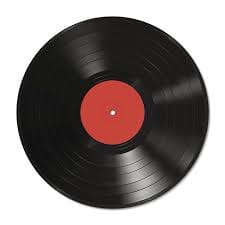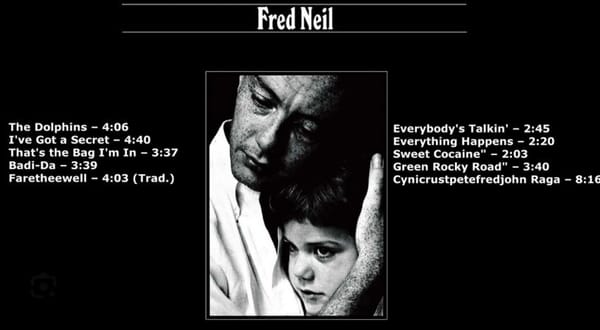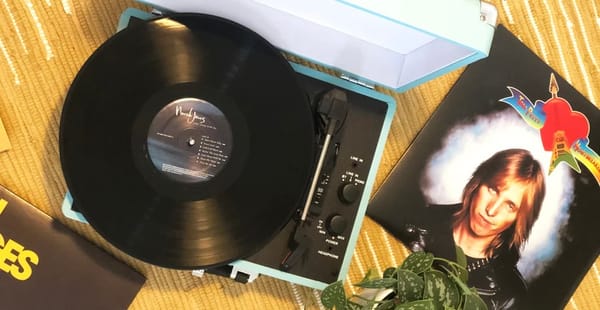Elvis Presley’s “GI Blues”
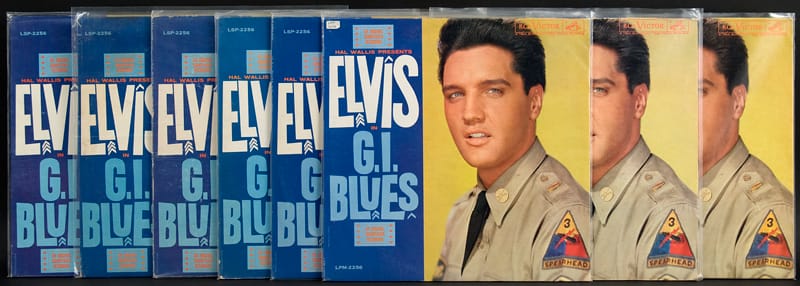
When I embarked on this project of revisiting vinyl, I knew I had a few records in the top of my closet. I wasn’t sure what they were — a couple of Steve Earle albums, I thought — but I knew it was time to find them and see what’s there.
Instead of Steve Earle, I discovered two boxes. The first was a boxed set of an acoustic show by Patterson Hood, Mike Cooley, and Jason Isbell, Live At The Shoals Theatre. It was recorded in 2014, but I think I bought during COVID, and my set just has black vinyl. (That’s a story for another day.)
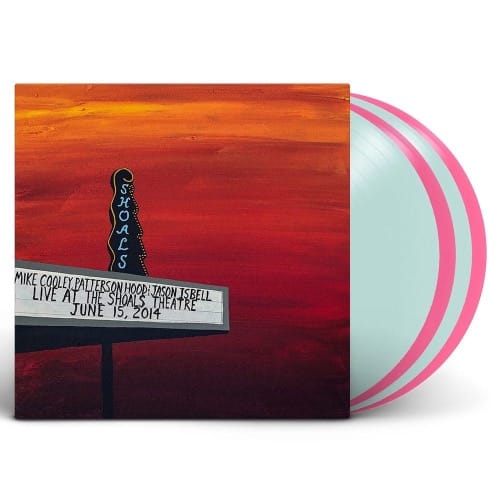
But the second box had two albums in it, my battered copies of Elvis Presley’s GI Blues and Blue Hawaii.
Actually, they were my dad’s — I think he belonged to a record club back in the early 1960s.
Back then, he had a nice stereo in a cabinet, complete with a reel-to-reel tape deck that I only saw him use once. In addition, he had a small collection of records, maybe 25 or 30. Which ones do I remember? The Ventures’ Walk Don’t Run, the soundtrack to South Pacific, and some knockoffs of The Sound of Music and Oklahoma, and two Christmas albums.
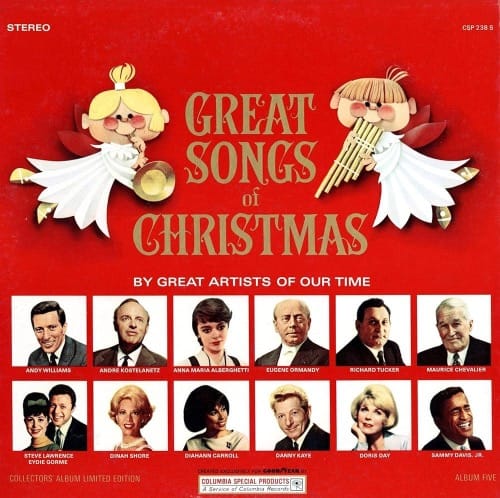
(Look, Steve and Eydie could really rock “Jingle Bells.”)
But my favorite was GI Blues. (Blue Hawaii was too slow for an energetic child as was It Happened at the World’s Fair, an album that did not survive in my tiny collection.)
You have to understand that I was a pretty lonely child. My brother wasn’t born until I was four, and we lived on a rural Wyoming farm with a TV that only got two stations. (My brother and I never saw Sesame Street.) Sometimes, my mother would need to get her housework done, and so she would sit me in front of Dad’s stereo with those records.
Eventually, they got me some Disney records that were more age-appropriate for a three-year old.
But Elvis’s “Blue Suede Shoes” completely captured my imagination. It had counting (“one for the money, two for the show, three to get ready”) and a beat. What blue suede shoes were, I really had no idea, and that fruit-jar image was something I had trouble visualizing. But this was a song you could move to, and I loved it.
★ ★ ★
I studied that record sleeve for hours.
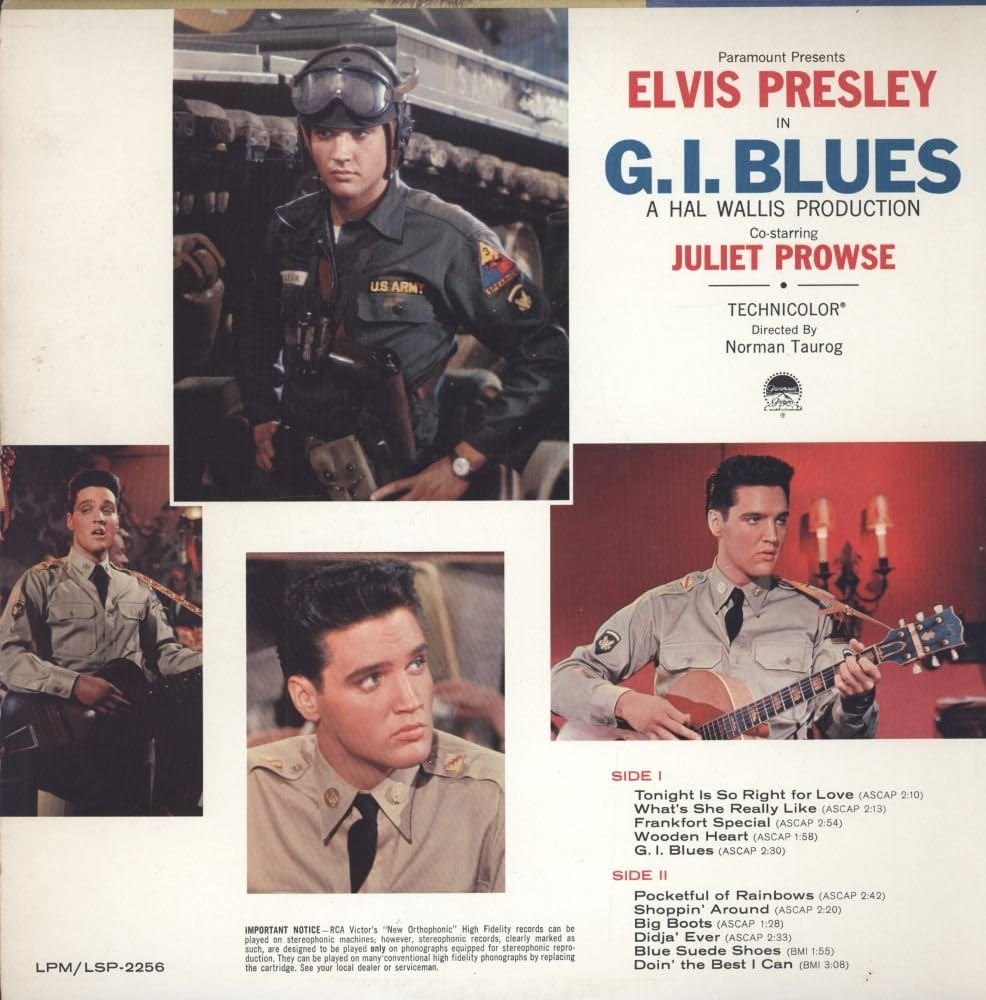
I never saw the movie, and I was too young to know that this wasn’t the version of Elvis that had changed rock and roll. This version was about celebrity and making money. And I was certainly too young to understand the cultural appropriation I was soaking up (or that Carl Perkins had written and then sung the song before Elvis had).
But he was handsome, and the pictures were intriguing, and “Didja’ Ever” got me marching around the living room.
Really, who needed Sesame Street?
★ ★ ★
I am not sure why I kept this record (because my mom is a big fan of getting rid of things), but it’s here.
And my brother now lives in Hawaii with his wife, so maybe that’s why Blue Hawaii made the trip, too.
The traces we leave for ourselves are so random.
As artifacts, the LPs have held up surprisingly well. At some point, Mom added masking tape to a sleeve I was destroying. But the record itself looks pretty good despite all the handling. As I removed the record from its sleeve, the smell of vinyl came back to a much-older me, a gift from my three-year-old self.
I haven’t played it yet, but I will.
Thanks for reading —
307Renee
★ ★ ★
Revisiting Vinyl is an occasional blog that explores various topics related to music.
